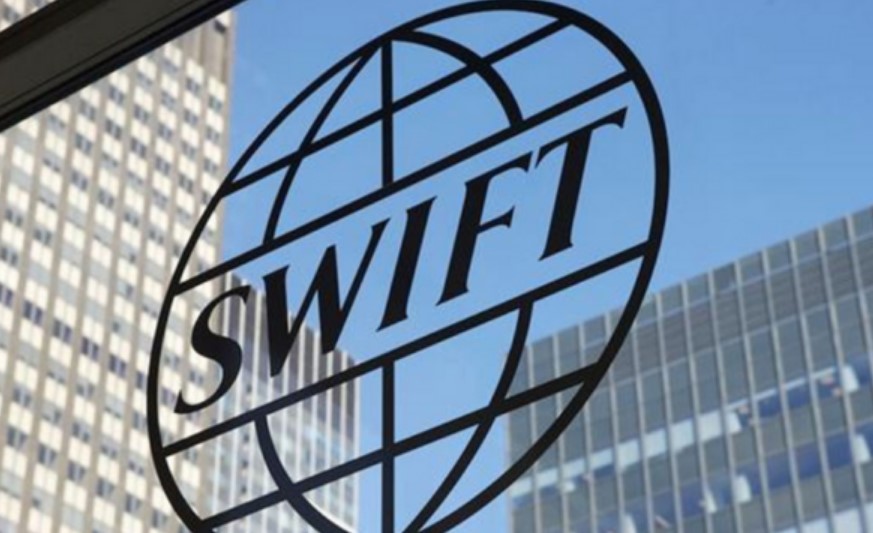El sistema bancario internacional realizará pruebas en directo con activos digitales.

Swift’s system announced through its official website that it will conduct “live” tests with digital assets starting next year. These tests will focus on banks in North America, Europe, and Asia, allowing for pilot transactions for the settlement of digital assets and currencies.
Starting in 2025, financial institutions will be able to use the Swift platform to carry out transactions that “will demonstrate how financial institutions can interchangeably transact between existing and emerging types of assets and currencies using their current Swift connection,” according to the entity.
In detail, Swift will collaborate with its community to test an advanced version of its infrastructure, capable of orchestrating transactions of digital assets and currencies through networks for the first time. “This move will mark a significant milestone towards Swift’s vision of providing a single point of access to multiple classes of digital assets and currencies for financial institutions,” the company says.
Tom Zschach, Swift’s Head of Innovation, stated that for digital assets and currencies to “succeed globally, it is essential that they can “seamlessly coexist with traditional forms of money.”
“With our vast global reach, we are in a unique position to bring together emerging and established forms of value, and we are now focused on demonstrating this in real-world conventional applications,” the executive argued.
Utilizing the Swift network
While the scale of the Swift network is significant, interoperability between platforms is crucial for cohesive global adoption. The live tests will leverage Swift’s existing network to interconnect various digital and traditional currency platforms, providing a single system for cross-border transactions with digital and fiat currencies, thus driving the growth of this market.
Swift is committed to ensuring that its global network of over 11,500 financial institutions “can support digital assets and currencies securely and efficiently through their existing Swift connectivity.”
The entity also emphasized that the tests and collaborations “are a critical step in achieving global interoperability for these new forms of value, and our global network is an essential bridge between traditional and digital asset platforms.”
In mid-September, CriptoNoticias reported on Swift’s plans to integrate fiat money with tokenized assets. At that time, the company behind the global banking system emphasized that they were “paving the way for real-world solutions capable of interconnecting various forms of assets and digital currencies.”
Previously, in March, it was reported that Swift had tested a CBDC platform connecting 200 countries and 12,000 banks, demonstrating the potential of its infrastructure to encompass a wide range of financial transactions in the digital future.
While Swift is recognized as the most important global payment network, there are other major corporations in the financial sector that are actively exploring the field of tokenized assets. A notable example is Visa, which launched the Visa Tokenized Asset Platform (VTAP).
This platform is designed to allow banks to issue tokens backed by fiat money on the Ethereum network, as reported by CriptoNoticias. This move by Visa aims to digitize and automate real-world asset exchange processes, facilitating the purchase of tokenized assets like commodities and bonds with near-real-time settlement.
The VTAP represents an effort by Visa to integrate Bitcoin technology, cryptocurrencies, and smart contracts into traditional banking operations, thus enabling a smoother interaction between traditional and digital finances.
This article was created using artificial intelligence and edited by a human from the Editorial team.




